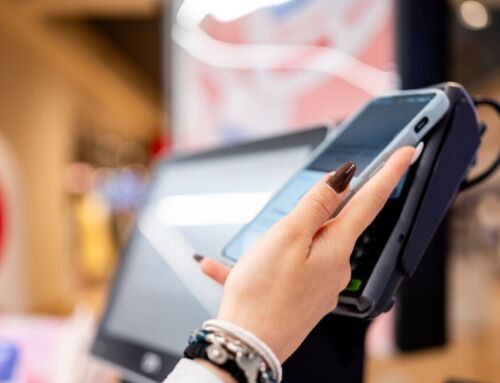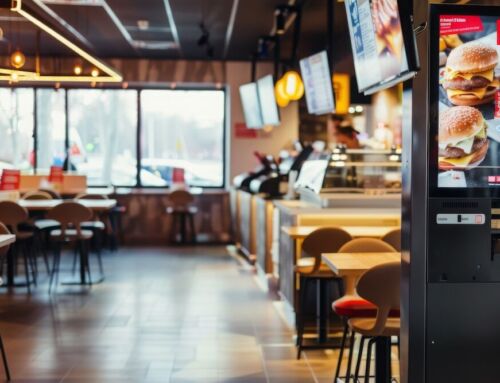Nearly every business these days could be described as a hybrid operation. That’s hybrid in the sense of a mix of human and machine.
The advance of digital technology means that the days when every process and interaction was handled manually by people are a long way behind us. But at the same time, a future where everything is controlled by AI-powered automation still feels a long way off. If it’s even feasible at all.
It’s difficult to imagine the current status quo of people and technology working side by side to deliver products and services changing any time soon. That begs some important questions. What’s the right balance human and digital? Is technology there to assist and augment what people do? Or should we be giving technology free rein, with humans simply filling the gaps until tech evolves enough to fill them?
Combining for the right customer experience
The most important thing for businesses to consider is the customer experience. Neither human interactions nor super efficient digitised processes are ends in their own right. It’s all about giving people what they want.
This is especially important when it comes to self-service. There’s an all-too-common assumption that kiosks and other forms of self-service technology are all about ‘automating away’ the need for person-to-person interactions in the name of efficiency, scalability, accuracy etc.
But that’s not the case at all. The goal of self-service is ultimately to give customers a better experience. That does not need to be at the expense of person-to-person service. Done right, in fact, self-service can complement and enhance more personable interactions.
Consumers themselves are pretty clear on this point. Ask them what they’d like to see to give them a better experience, they’re pretty unequivocal that they want more digitisation AND more/better human interactions.
A recent study from Broadridge Financial Solutions Inc found that 65% of people want businesses they frequent to improve the digital experiences they offer, while Microsoft has found that 86% of people now expect a self-service option.But at the same time, PwC reports that 80% of consumers want more human interactions.
Is it even possible to achieve both of these things simultaneously? Yes, because what it is really about is figuring out what works best for your customers. In basic terms, this means mapping out through consultation and customer journey analysis the things people want to or can do for themselves, and what they would rather do by talking to a real person. And then making sure they get their preferred option, when they want it.
Self-service rate
Modern customer service contact centres have a concept called the self-service rate. This is a metric which analyzes the proportion of service requests that people are able to resolve for themselves, by using an online knowledge base or AI chatbot etc. Then there’s the self-service bounce rate, or the proportion of queries where customers cannot resolve an issue themselves and end up ‘bouncing’ through to a human agent for further assistance.
These are ideas that can and should be applied to the deployment of self-service technology in all environments, including the use of kiosks. Do you know how many times people go to a kiosk and then end up having to ask a member of staff anyway because they cannot do what they wanted to do? This only adds time, friction and frustration to the customer experience. It should be avoided as far as possible.
Ideally, you want your kiosks to have a self-service rate as close to 100% as possible. It’s not realistic to expect a rate bang on 100% in the real world. But a high rate means that, with regards to the tasks you are allocating to self-service, customers want to and are able to fulfil them that way. A low self-service rate (or a high bounce rate) means you are asking people to complete tasks they don’t want to do via self-service. Or the technology is not up to scratch and they can’t do so.
There are subtleties and complexities that have to be factored in, like the fact that people display a whole spectrum of attitudes towards self-service. But as a broad principle, self-service is most effective when it is limited to a range of tasks for which it is most appropriate (and, crucially, for which your customers believe it is most appropriate).
This also then creates space for better, higher-value person-to-person interactions. Staff don’t have their attention and energy sapped by repetitive low-value tasks that distract them from potential opportunities to make a real difference to a customer’s experience.
Customers themselves don’t feel the kind of frustration and embarrassment many report in having to ask for help with things they’d otherwise quite happily do for themselves if they were given the opportunity. They seek out help from a human agent when they really want it. The grounds for engagement and getting genuine benefit and satisfaction from the encounter are much firmer.




